The beach revellers’ loss is everyone else’s gain, with surprises such as a beautiful historic quarter, grand Renaissance mansions and Baroque churches nestling around a splendid Gothic cathedral.
A stroll around Old Palma reveals a jumble of tiny churches, narrow
alleyways, Moorish relics and elegant, vibrant squares. There’s also
good shopping and a leisurely café culture to enjoy.
Palma may be a city but it is a world away from the hustle of those
on mainland Spain. Here, Balearic slow time rules, the palms sway, boats
bob along in the harbour and everyone comes out to promenade as dusk
falls.Walk along the waterfront either in the late afternoon or at night and you see Palma at its best, with the cathedral and the Almudaina Palace rising up against the old city walls, framed by sunlight or illuminated by floodlight.
Most of the main sights of Palma are contained within the city walls and
it’s easy to explore on foot or by bus. It’s also the central hub of
transport for the entire island, with excellent bus services that
radiate out through the unspoilt countryside to resorts, historic towns
and enchanting villages.
If you are looking for a spot of beachlife you can head east or west
from the city and brave the undeniably splendid Platja de Palma beach
between C’an Pastilla and S’Arenal on the bay.Travel further afield (nowhere in Mallorca takes more than half a day to reach from Palma by car or bus) to less congested beaches, such as those at Cala Fornells on the western tip and around Port de Pollença in the north.
Palma has a temperate Mediterranean climate with an annual mean temperature of 17º C and an annual mean rainfall of 450 litres per sq m
Popular attractions and activities include:
Banys Arabs : The only remaining complete Moorish-built building in Palma is the bathhouse in the medieval quarter. It contains an elegant horseshoe-arched and domed chamber, supported by 12 columns, and is fronted by a garden with picnic tables.
Beaches near Palma : There are several good, though usually crowded, beaches accessible by bus from Palma. El Arenal, seven miles (11km) to the southeast of the city, attracts many German visitors as is reflected along its waterfront in the signs on restaurants, bars and hotels. The long beach boasts white sands and turquoise water. Palma Nova and Illetes, between six and ten miles (10 and 16km) to the southwest, are smaller but equally popular beaches.
Castell del Bellver : The round hilltop castle built in
1309 was the summer residence of the kings of Mallorca during the short
period in which the island had a Royal family. The fortified castle
with its double moat also served as a prison. Today it contains Palma’s
Municipal Museum, displaying mainly archaeological artefacts and old
coins.
Catedral O la Sea : Palma’s magnificent Catalonian
Gothic cathedral is a landmark of the city, standing in the old town
overlooking the ocean. The cathedral is dedicated to Palma’s patron
saint, San Sebastian, and contains some saintly relics and pieces of the
True Cross in its treasury. Construction started on the edifice in
1300. The vast central vault is 144ft (43m) high, its columns towering
to a height of 65ft (20m).Museu d’Art Espanyol Contemporani : Palma’s most renowned art gallery contains works collected by the Juan March Foundation, housed in a restored mansion on the Carrer Sant Miquel. The collection focuses on modern works including Picasso’s Head of a Woman and paintings by Miro, Dali, Juan Gris and Antoni Tapies.
Palau del’Almudaina : Opposite the cathedral in Palma
stands an austere fortress palace that was erected by the Moors and
later became the residence of the kings of Mallorca. Inside, most rooms
and corridors are bare, but there are some beautiful Flemish Gobelin
tapestries on display as well as a few antiques, art works and suits of
armour.

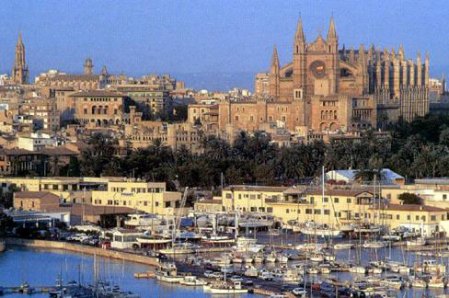
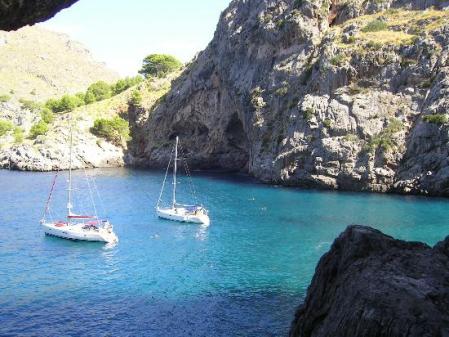
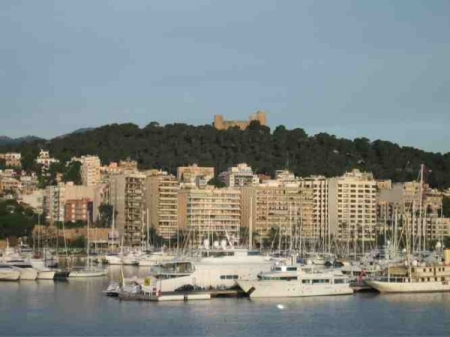
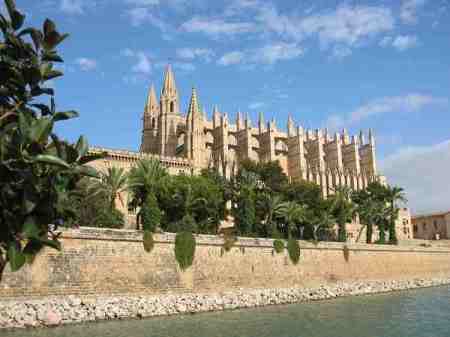
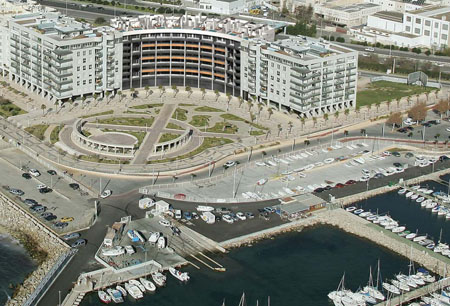



0 comments:
Đăng nhận xét